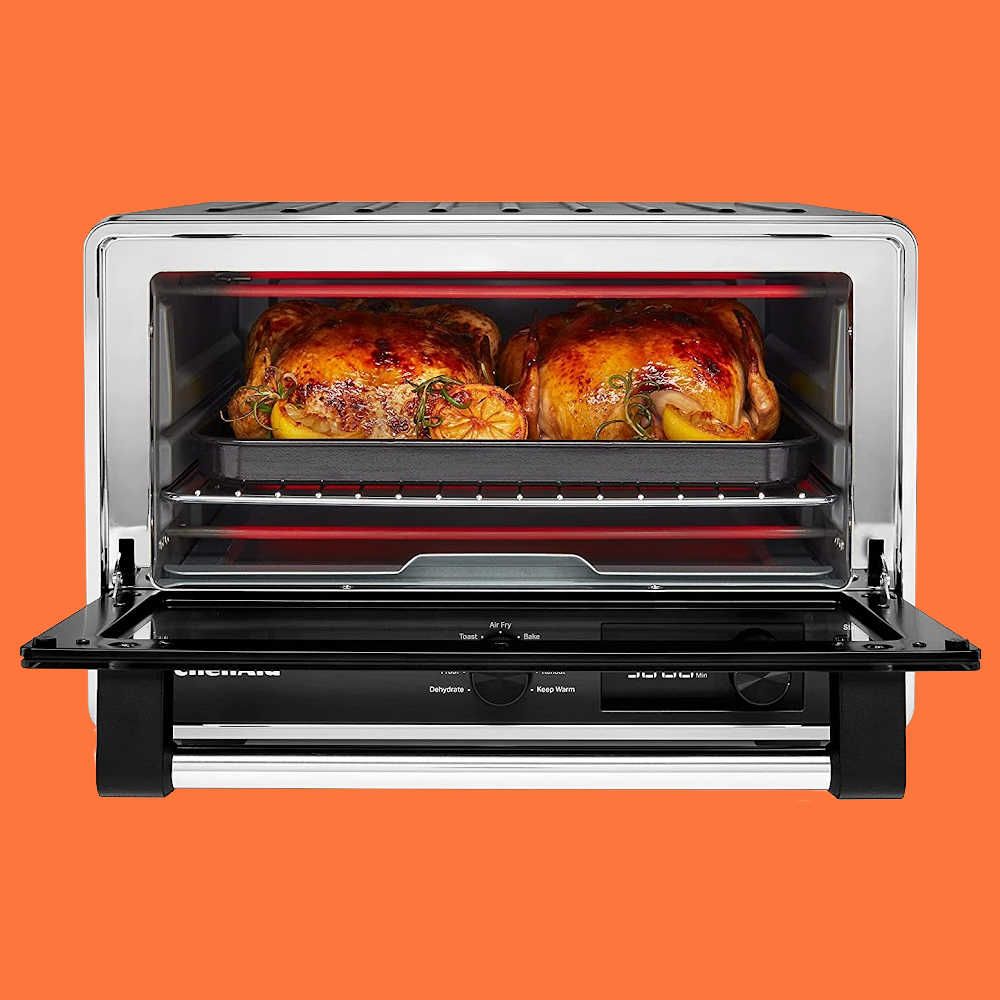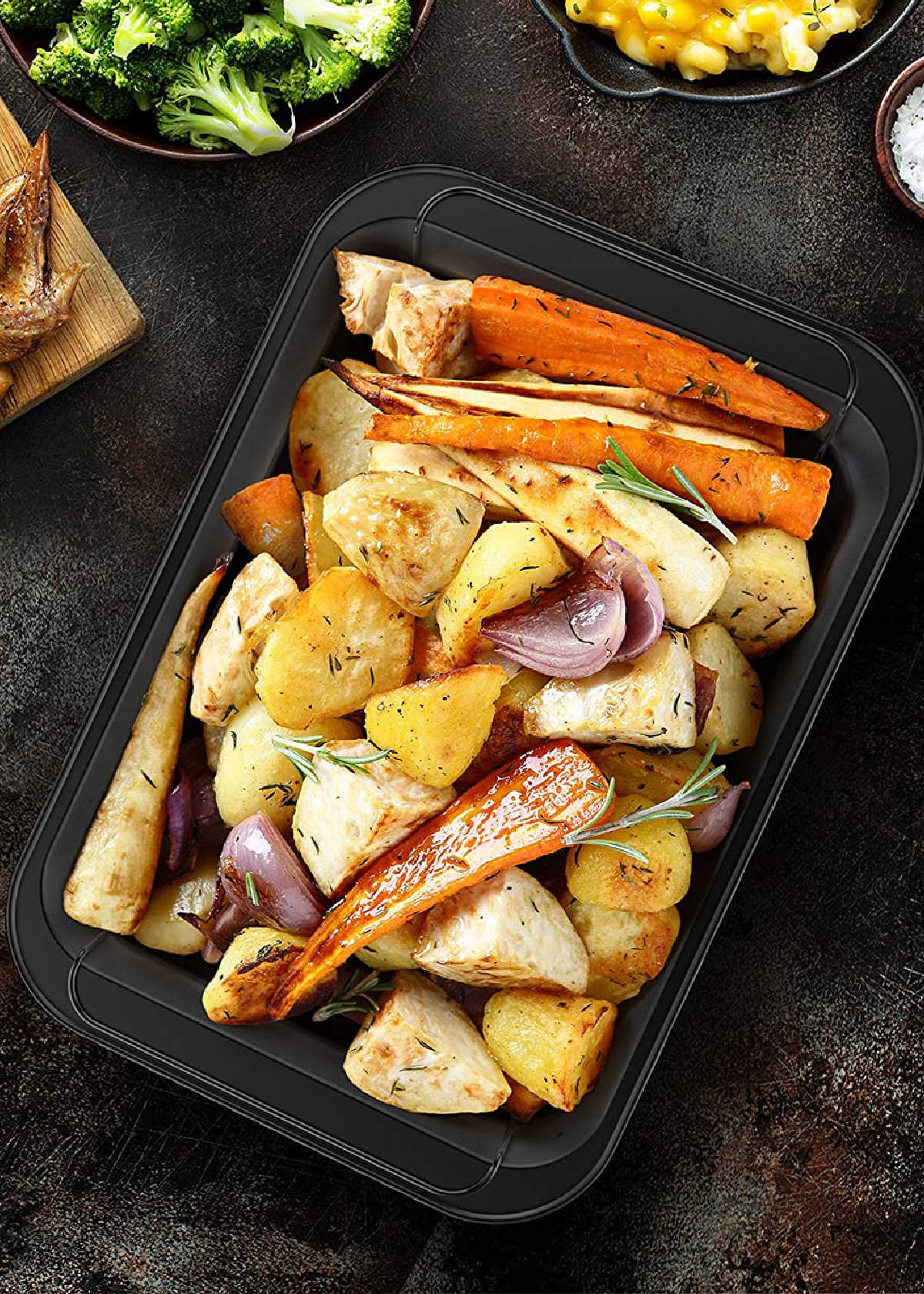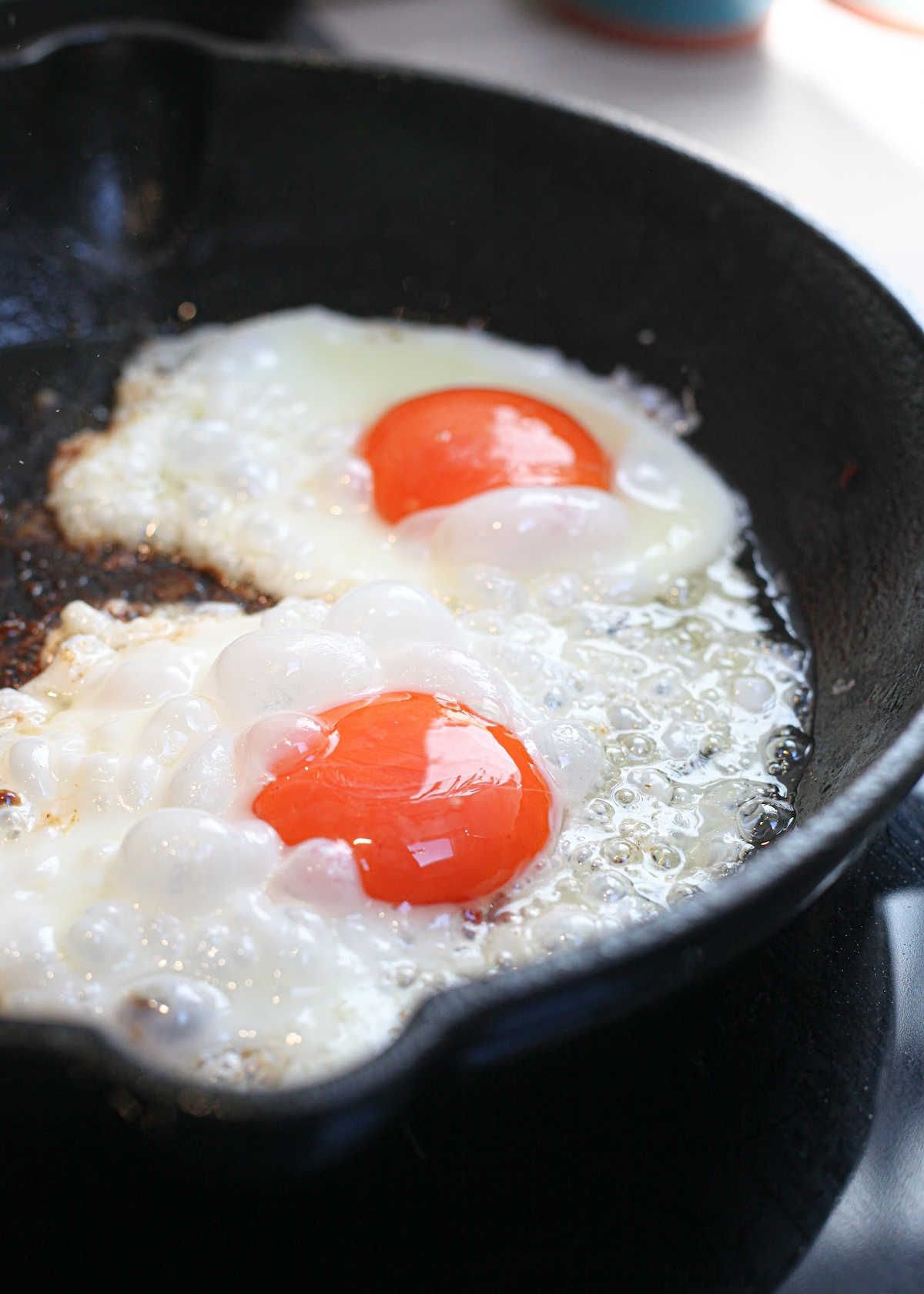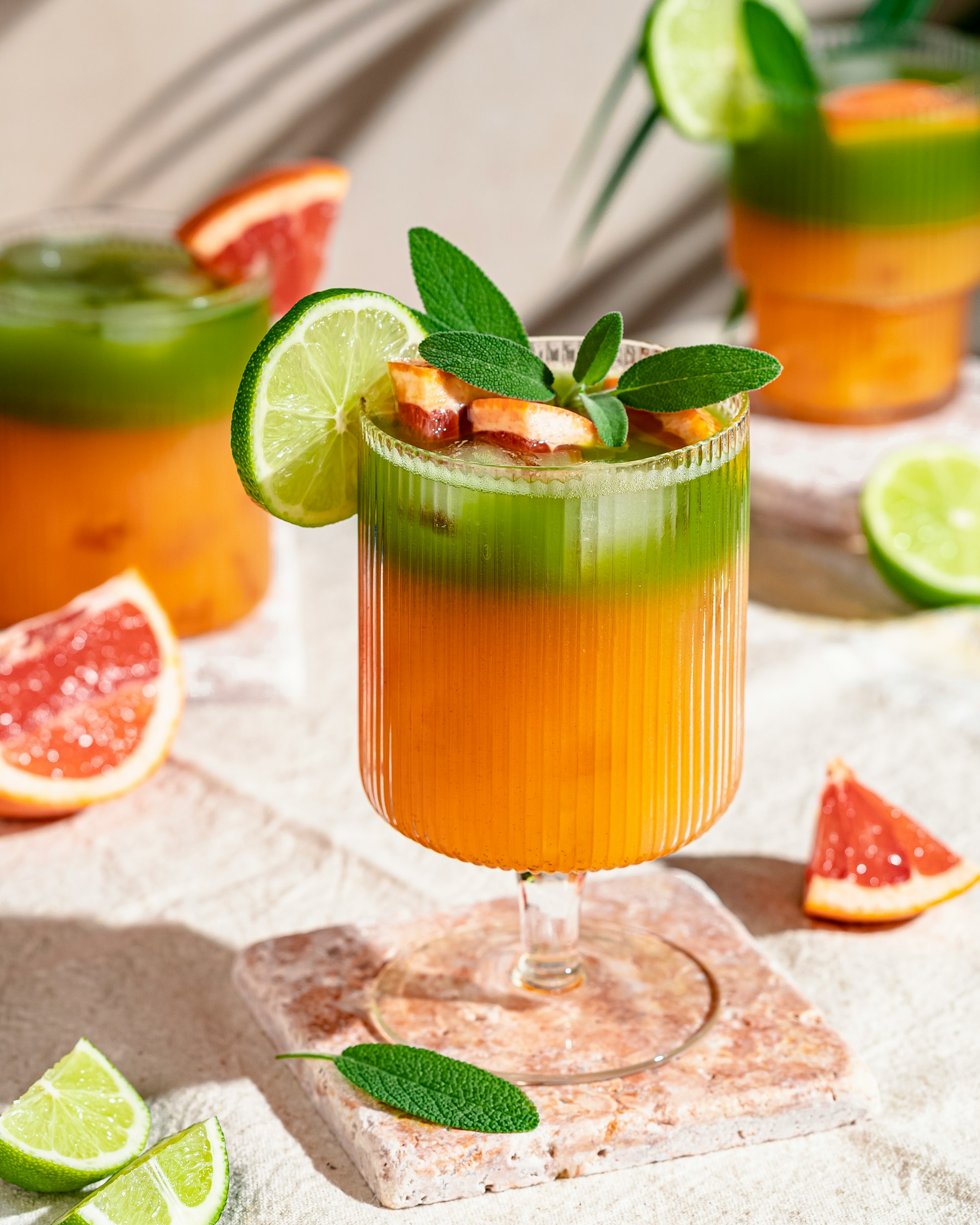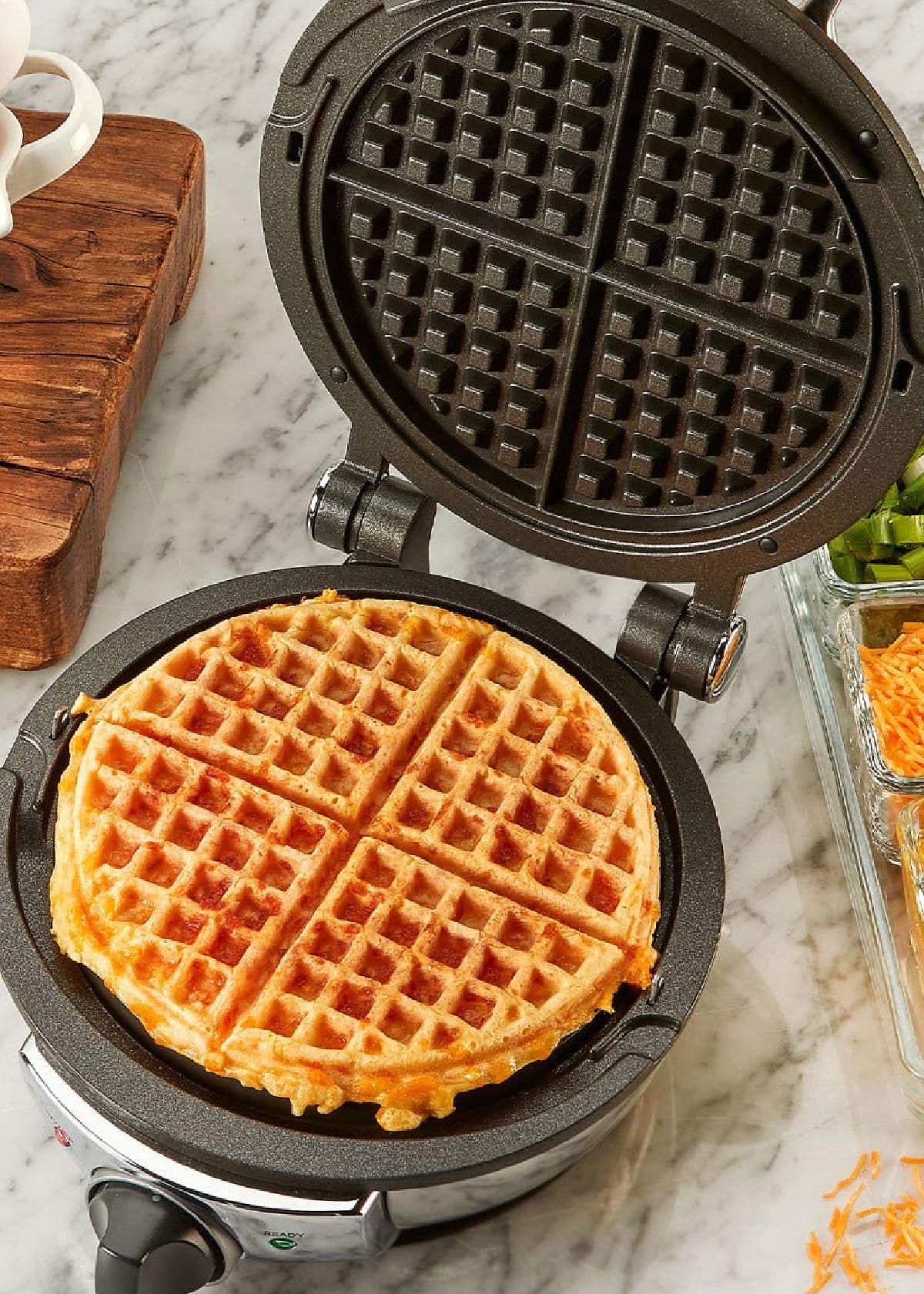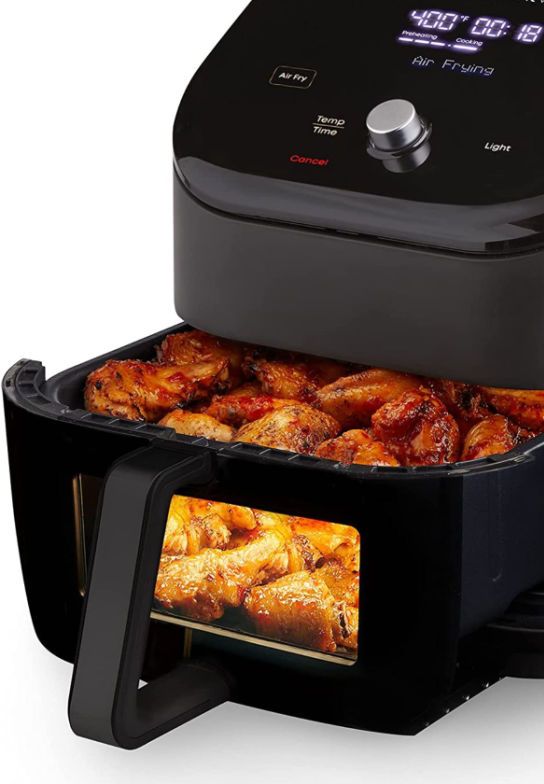Content Summary
We live in an age where traditional underground wine cellars are no longer a requirement for keeping a wine collection. Nowadays a wine fridge is an essential appliance for wine enthusiasts and connoisseurs.
It enables you to store your wine bottles at optimal temperature and humidity levels, preserving their quality and taste.
The wine fridge does more than just keep the bottles cooled, it also protects the wine from external factors that affect their quality.
With this guide, you'll know how to properly use a wine fridge and get the best out of it. So, let's dive in.

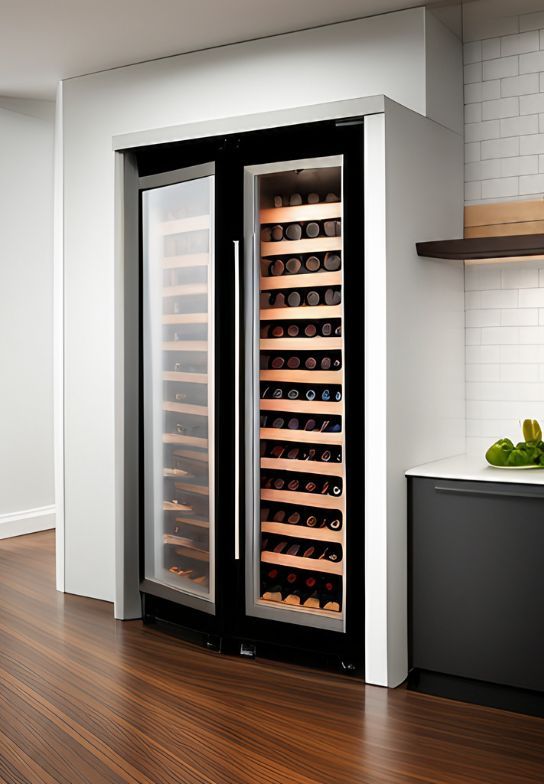
10 Tips On How To Use A Wine Fridge
1. Find The Right Location
- Avoid sunlight and heat. Your wine fridge should be kept in a place where there is no direct sunlight or heat. Experts recommend placing the fridge in a cool, dark area.
- Keep it away from sources of vibration, such as washing machines, dishwashers, or speakers. Vibrations can damage the fine sediments in the wine, which can lead to poor taste and quality.
- Avoid placing it in a humid or dusty environment. Keep it away from vents and air conditioners, too.
- Ventilation and easy access. Make sure there is enough space around the wine cooler for proper ventilation. It should also be placed in an area where you can easily access it.
We have a detailed blog post on how to store wine properly at home, so you can check it out.
2. Set The Right Temperature
- The optimal aging temperature for storing wine is around 55 degree Fahrenheit (12-13 degree Celsius). Keep the temperature consistent: all wine ages well when stored at this temperature level, providing the humidity level is min. 60%, max. 70%.
- The optimal serving temperature is between 45 to 65 degrees Fahrenheit (7 to 18 degrees Celsius).
- Different types of wine require different serving temperatures. For instance, red wine should be stored at 55-65°F while white wine should be stored at 45-55°F. To fully enjoy the richness of its taste, always serve wine and drink wine at the right temperature.
- Avoid temperature fluctuations. It can cause specific chemical reactions that can affect the taste and quality of your wine. You can use a thermometer to monitor these conditions inside your wine fridge.
We have a detailed blog post on wine fridge temperature ranges, so you can read further on to find out.
3. Set The Right Humidity
The humidity level in your wine fridge is crucial in preserving the wine's quality.
- The appropriate humidity for wine storage ranges between 60%-70%. This helps to prevent the corks from drying out as well as keeps the wine fresh.
- A good humidity level protects the corks from drying out and preventing unwanted air from getting into the wine.
- Use a hygrometer to monitor the humidity levels and adjust them accordingly. Also, avoid opening the fridge frequently as this can cause humidity changes.
We have a detailed blog post on how to control a wine fridge's humidity level, so you can check it out.
4. Load Your Wine Fridge Correctly
When loading your wine refrigerator, there are a few things you should pay attention to.
- Place the wine bottles horizontally in the fridge. It is essential to store your wine bottles horizontally so that the cork remains moist.
- This prevents the cork from drying out: prevents air from entering them, and keeps the wine from getting spoiled.
- There is an exception: champagne bottles should be stored upright.
- Never stack the bottles on top of each other, as this can cause vibration, which can ruin the fine sediments in the wine.
- Arrange your bottles according to their type, size, and age. For example, you can group your red wines, group your white wines, and group your sparkling wines.
- Label your bottles or use a wine inventory app to keep track of what you have.
5. Use The Shelves Correctly
Be sure to use your wine fridge's shelves correctly.
- Adjust the racks correctly. If you store larger bottles, make sure to adjust the shelves to accommodate them.
- Customize them according to your needs. Some wine fridges come with removable racks, so you can change their configurations.
- Stock the shelves from bottom to top according to color and taste. This will help you find what you need quickly.
- Avoid overcrowding the wine fridge and leave enough space between the bottles to allow adequate air circulation.
- Avoid storing other types of food or drinks, as they can contaminate the wine or alter its quality.


6. Check Temperature & Humidity Regularly
- It is critical to keep track of the temperature and humidity levels in your wine fridge.
- Check your fridge regularly and adjust the temperature and humidity if needed.
- Different types of wine have different temperature requirements.
- When you store two types of wine at serving temperature, get a dual zone wine refrigerator.
- Always refer to the wine bottle's label or packaging, as they usually indicate the ideal serving temperature.
We have two detailed blog posts on white wines' temperatures, and red wines' temperatures, so you can check them out.
7. Maintain The Wine Fridge Regularly
A clean wine fridge is essential in maintaining its performance and preventing unwanted odors.
- Check the wine fridge at least once a month to avoid the buildup of mold or bacteria, and remove any dust, dirt, or spills.
- Clean your wine fridge. Use a damp cloth and mild soap to wipe the interior and exterior surfaces of your wine fridge.
- Check the seals, filters, and fans of your wine fridge and replace them if they are damaged or worn out.
- Always unplug the unit before cleaning. Remove all the shelves and drawers and wash them with warm soapy water.
8. Avoid Moving The Wine Fridge
A wine fridge should not be moved frequently, as this can cause issues in its performance.
- If you need to move the unit, make sure to unplug it, empty it, and keep it upright throughout the process.
- Refrain from opening the fridge for at least two hours after it's been moved or transported to avoid causing temperature fluctuations.
9. Follow Manufacturer Guidelines
To use your wine fridge properly, make sure to check these:
- Read the user manual provided by the manufacturer carefully. It contains instructions and safety guidelines regarding its installation, use, and maintenance.
- Follow all the manufacturer's precautions. Do not tamper with it or attempt to repair it yourself.
We have a detailed blog post on why a wine fridge is not cooling and how to diagnose the issues, so you can read further on.
10. Don't Store Wine For Too Long
When planning to store your wine in a wine fridge, keep in mind these factors:
- Not all wines are suitable for long-term storage. Always check the bottle's label or packaging for storage instructions before storing.
- Long-term storage requires a constant temperature and humidity, and the conditions in a wine fridge can vary over time when opening frequently.
- Make sure to rotate your wine bottles and drink older ones before new ones. Wines meant for immediate consumption can stay up to two years, while wines fit for aging can stay for ten years or more.
- Decanting your wine is essential to avoid agitating the sediments and ruining the wine's quality.
We have a detailed blog post on how to tell if the wine is bad, so you can check them out.

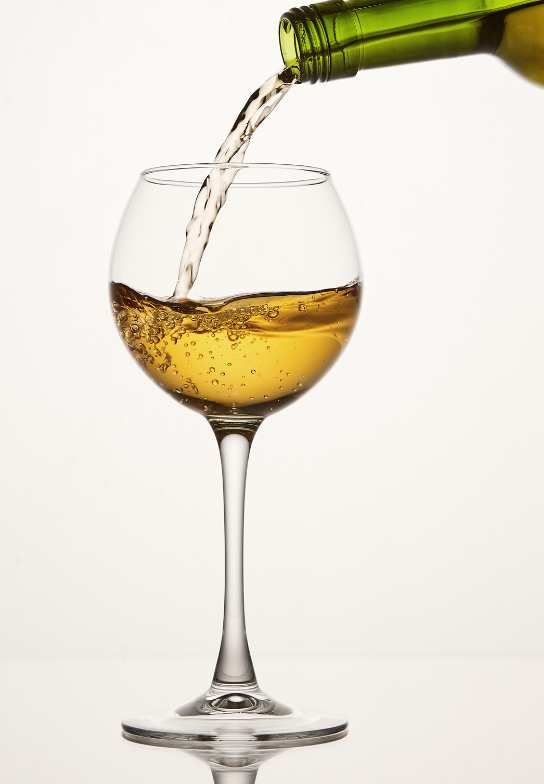
Tips & Tricks
- Use a wine thermometer to easily monitor the desired temperature inside your wine fridge. Some wine refrigerators already equip this device, so make sure to check it before purchasing.
- Invest in an adjustable humidity control device or hygrometer to ensure optimal conditions inside your wine fridge. Some wine fridges already equip this device.
- Avoid putting your wine fridge near a heat source, such as an oven or radiator. This will cause unnecessary fluctuations in temperature and humidity.
- If you need to stack bottles in your wine fridge, use divider(s) on the wine rack to keep them neatly organized and separated and prevent them from tipping over.
- Use a vibration-dampening system to reduce shock and vibrations that can affect the wine's quality.
- Add a few wood blocks or cork stoppers to absorb unwanted vibrations and odors.
- Consult a sommelier or wine expert for advice if needed.
If you need a quality large-capacity wine fridge, check out our reviewed blog post for the best wine fridges on the market. We have a wide selection of top-rated wine fridges that offer flexible storage options, temperature settings, and more.

Using wine coolers correctly is key to maintaining the freshness and quality of your wine collection. By following these ten simple steps, you will ensure that your wine remains fresh and full of flavors for every glass you pour.
Happy sipping!
Catchy Finds




